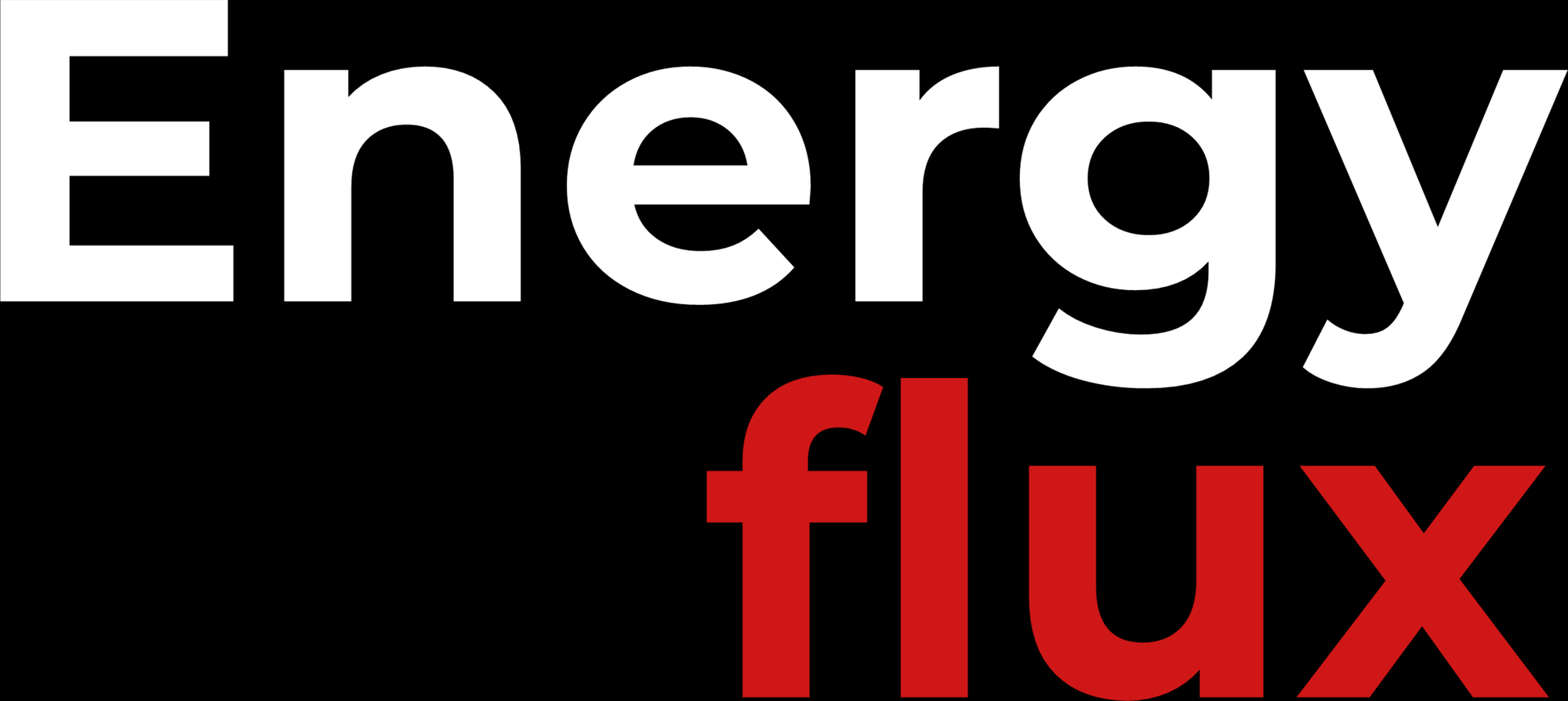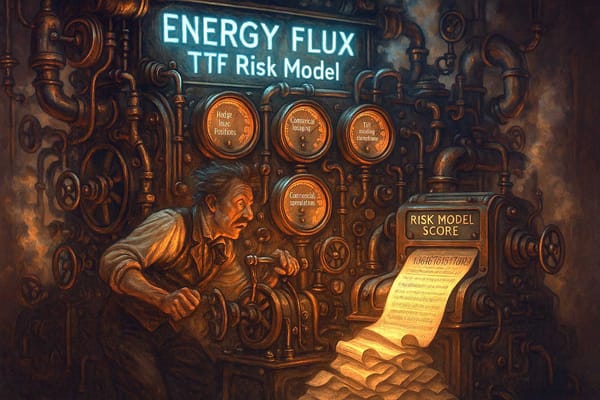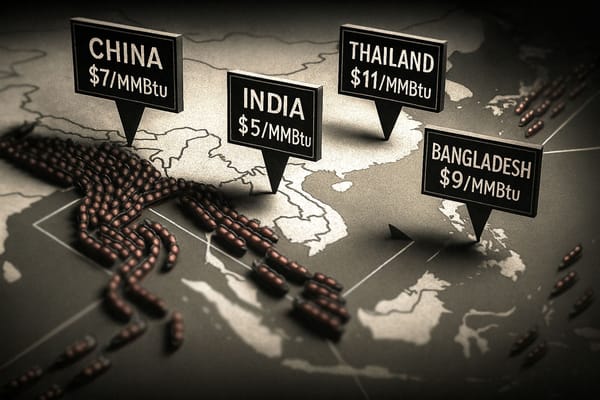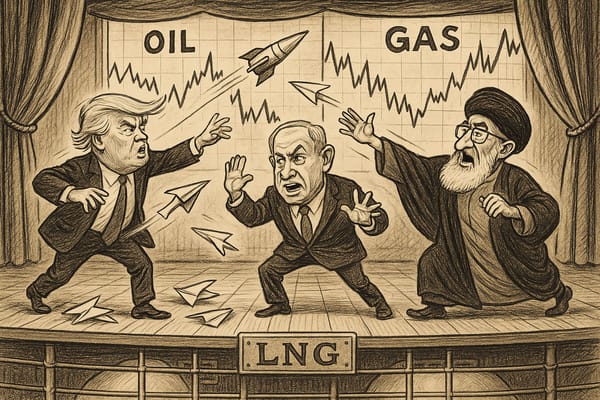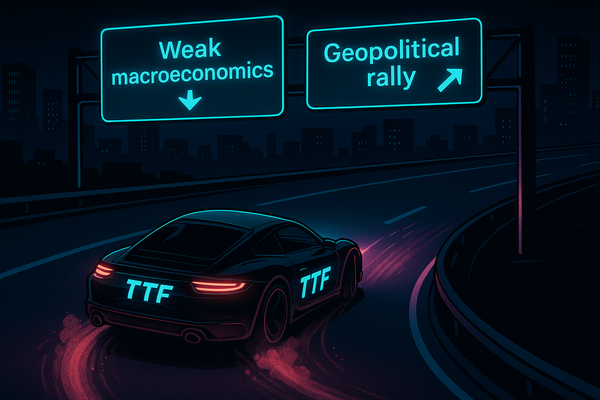Germany’s seismic energy policy U-turn
Berlin finally comes off the fence. Now it faces some hard realities.
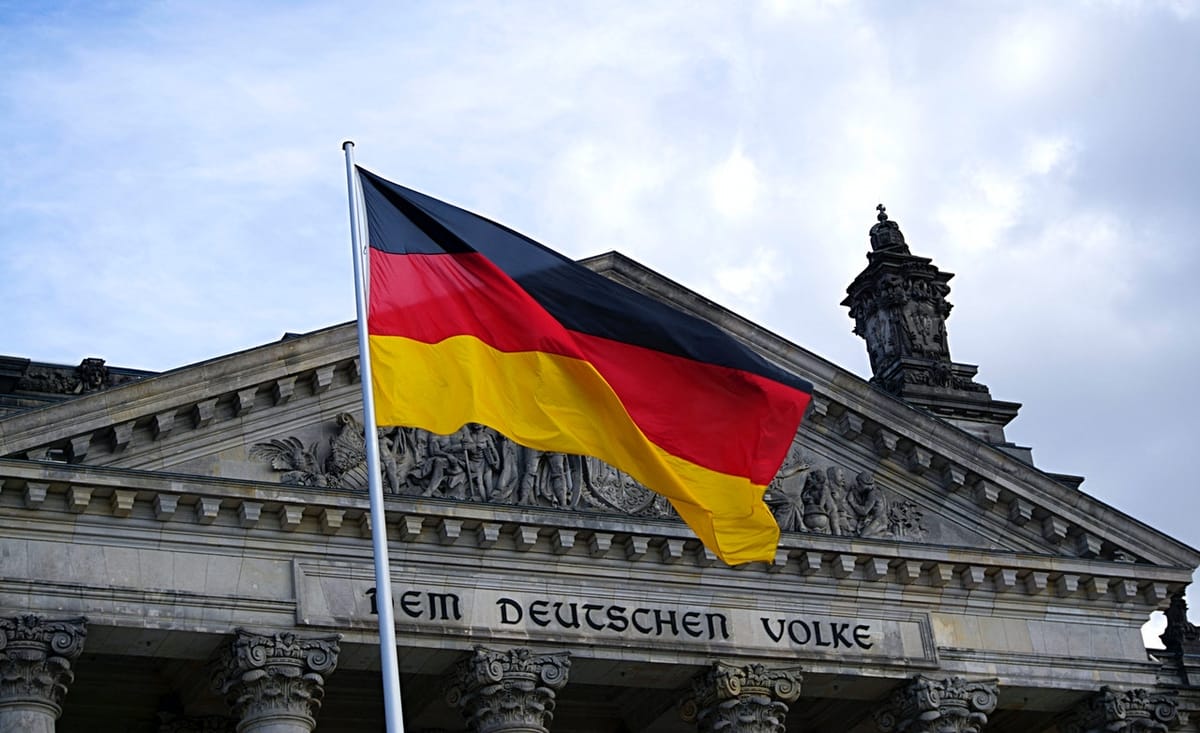
Member discussion: Germany’s seismic energy policy U-turn
The Flux Exchange discussion forum is for paying members only. Subscribe to read and reply.
